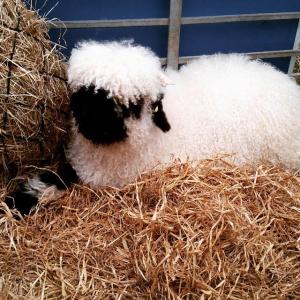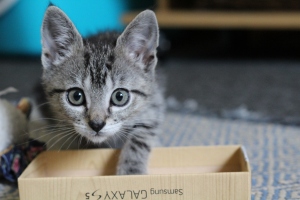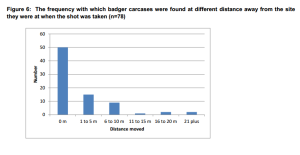We’ve come to the last of my three considerations for ethical eating, eating with a climate conscious. Much as we have been discovering throughout this set of themed posts, there is no ‘easy’ answer to this. The climate is a complex system that is definitely heating up, but the best way to mitigate these changes is not so obvious.
It’s common to hear about two main challenges here: the greenhouse gas (GHG) emissions that come from our agriculture, and the GHG emissions that come from our food transport.
Agricultural GHGs
This has been a huge topic within agricultural science lately, and it never fails to make people giggle because it’s all about farts and burps, and as someone who has regularly been farted and burped on by cattle in my life, I’m aware of their abilities in this area. There’s a fairly old (2007!) article about this in the Guardian which I think lays out the issues well, and then almost the exact same article was run in 2010.
According to the Food and Agricultural Organisation of United Nations, worldwide, the agricultural sector accounts for 18% of our global greenhouse gas emissions (FAO). This is unequally split between methane emissions (35% of global emissions), CO2 (only 9% of global emissions) and Nitrous Oxide (a whopping 65% of global emissions). Check out their comprehensive infographic here.
The methane comes mostly from the digestive process of our livestock (from 2001-2010 they emitted 40% of the agricultural GHGs) and this is what the Guardian articles were getting at when suggesting we should eat less animal products. This is not just meat, but dairy products are a big emitter here. (Seems like dairy just can’t catch a break, and seeing as it certainly makes me emit methane . . . well, less said about that the better I suppose).
There are attempts to mitigate livestock emissions, most often through changing their diet (Boadi, 2004; Beuchemin et al 2007; Several PhDs I know), as the fermentation process inside the gut which produces methane is heavily influenced by the microbiota in there too.
De Vries & De Boer (2009) reviewed the entire life cycle of various products and ranked the production of 1kg of each animal product in terms of their global warming potential. Their ranks end up being:
- Beef, most global warming potential
- Pork
- Chicken
- Eggs
- Milk, least global warming potential
However, they are quick to point out the difficulty of comparing all these different life cycles. All the same it’s very convincing evidence that at the very least we need to be drastically reducing our meat consumption.
But what about other produce . . .
Food Miles
Weber & Matthews (2008) have an open access paper looking again at the life cycles of food, but they also investigated transport. Their abstract is really good from a science communication point of view, finishing with a succinct and relateable statement that even non-experts can understand:
Shifting less than one day per week’s worth of calories from red meat and dairy products to chicken, fish, eggs, or a vegetable-based diet achieves more GHG reduction than buying all locally sourced food.
How can this be the case? Well as the paper details, transport is only a small part of the overall chain. Edward-Jones et al (2008) have a critical review of the ‘buy local’ ethos and point out that without taking into account the whole life cycle (for which information can be limited), you can’t comment on whether local grown is better (in GHG terms) than imported food. But can it really be better for my Braeburn apples to come from New Zealand than England? Gonzalez et al (2011) conducted a study in Sweden investigating this and the culprit is the amount of heat these non-seasonal and non-native products need to grow. Better to grow them in season in their native ranges and fly them over.
Eating Ethically
With all of these posts I think there’s a common theme, which isn’t going to surprise anyone. We need to eat less meat, waste less food, and buy from sustainable sources. The ethics of buying from the right communities is the part that I find the most difficult, but I also know I lack the food-based skills I need to waste less food.
So here are some resources to get me, and maybe you, started:
Have you got any others I should know about?






